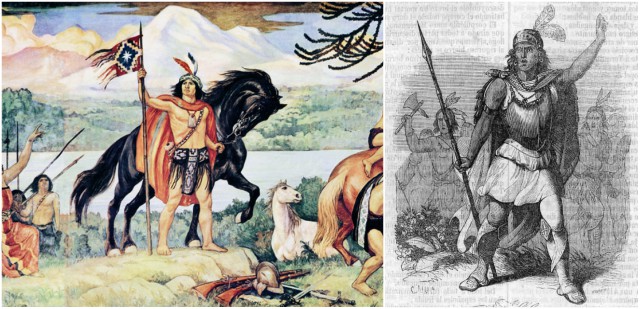The Mapuche people who mainly live in the South of Chile are the only indigenous people in South America who managed to successfully fend off the invading threats of the Inca Empire, as well as of the Spanish Conquistadors. Archaeological evidence suggests that their remarkable history dates back to 600–500 BC and throughout the centuries, they became known as one of the most feared and powerful Native American warriors.
The Mapuche people’s struggle for freedom and autonomy of their territory during the wars against the Spaniards produced many tales of brave warriors who opposed and resisted the Spanish domination for over 350 years. They were not familiar with the concept of slavery and loved freedom more than anything. That made them ferocious in warfare and one of the worst enemies the Spaniards ever faced in South America.

Among the many fierce warriors in the history of the Mapuche people was a man named Lautaro, a great military leader and famous hero in the War of Arauco. His name was immortalized in Alonso de Ercilla y Zuñiga’s epic poem La Araucana.
Born in the jungles of Carampangue y el Tiruaa in 1534 to a Mapuche Lonco (chief) called Curiñancu, Lautaro had a relatively normal childhood until 1550 when he was captured by the Spaniards and was forced to serve as a groom in the stables of the conquistador Pedro de Valdivia. However, Lautaro never forgot where he came from and patiently waited the perfect moment for revenge.
He was a brilliant boy, and during this period he learned to ride a horse and studied the skills of war from the Spaniards. He even served alongside the Spaniards in many battles and had the opportunity to get to use weapons. His efforts to learn the basic of the Spanish military strategy and the experience from the battles would later prove to be crucial for his success as a military leader and would secure him a place in history as one of the greatest warriors.
He witnessed the cruelties which Pedro de Valdivia committed on the captive Mapuche warriors.Although he could escape on many occasions, he didn’t want to do it until he learned all the military secrets of the Spaniards.
Although he could escape on many occasions, he didn’t do that until he learned all the military secrets of the Spaniards.
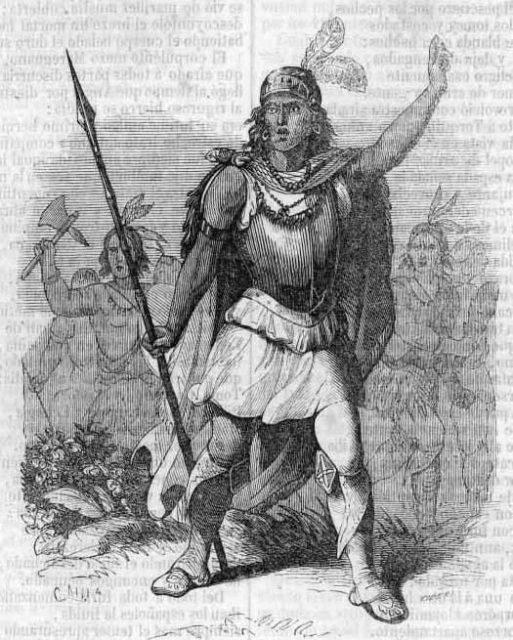
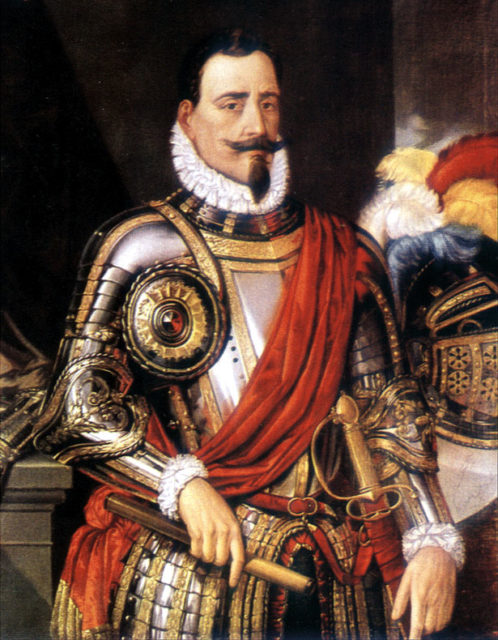
However, in 1552 he felt that he learned everything he could and decided that it was time to go back with the Mapuches. Once being home, he used his military knowledge to reorganize the army and prepare them for a battle. Lautaro taught his soldiers to use horses in battle and designed new tactics to defeat the Spaniards.
One year later, Lautaro’s army was prepared to attack Fort Tucapel. His 6,000 warriors managed to defeat the Spaniards and seize the fort. Governor Valdivia tried to retake it but on Christmas Day, 1553, his army was forced to surrender, and the Mapuches massacred the Spaniards. Pedro de Valdivia was also captured and killed.
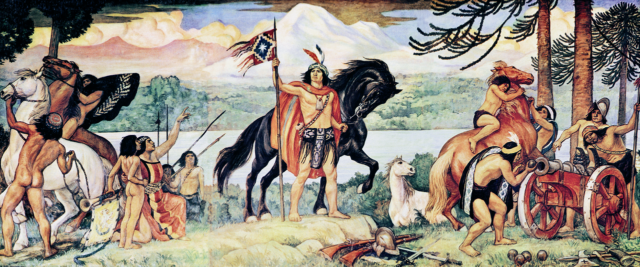
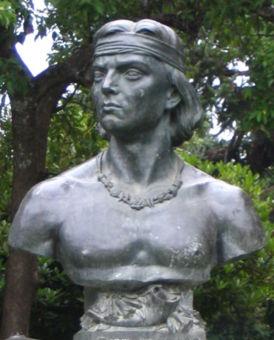
Many successful conquests against the Spanish followed in the next period, and Lautaro managed to take over several cities that were under Spanish rule.
However, his decision to attack Santiago with less than 1,000 warriors would prove to be fatal for him and his army. It is said that an indigenous man informed the Spaniards about his plan and they managed to launch a surprise attack on Lautaro’s army, killing him early in the battle. The Spaniards cut off Lautaro’s head and displayed it in the plaza of Santiago.
Read another story from us: Notable & important Native American warrior women of the 19th century
It’s been nearly five centuries since the great warrior Lautaro was killed, but even today he remains a respected figure in the Chilean history for his bravery and determination to defend the freedom of the Mapuche people.
